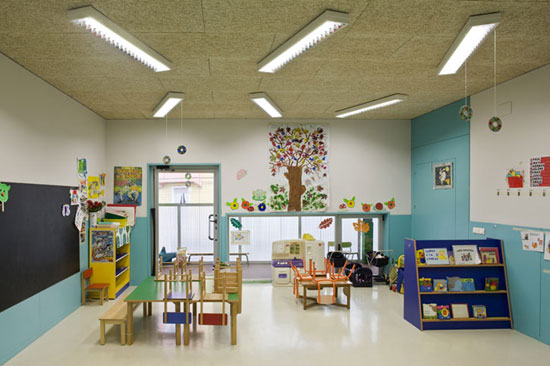10. Some imaginative bridges between art forms and education are more abstract than others. The work of music, film, and photography seemed to be more abstract than aspects of fashion, interior design, and advertising, which were more apparent.
9. Working in 3 dimensions adds many new considerations that you don’t have in 2 dimensions. The Interior Design and Architecture module project illustrated new concepts of how we experience and process space. These are considerations you don’t have in 2D art forms (film, photography).
8. All things have an aesthetic and a craft, despite intention. The Eisner article at the beginning of the course laid a solid foundation for the work of the semester with this simple notion. Everything that is made or performed has an aesthetic and is crafted, whether or not it is done explicitly or consciously. This was well illustrated for me in my internal thinking in the fashion module, where it became evident that even if you don’t engage fashion as an activity or enterprise, you are subject to it (and many of its trappings).
7. Creating is better learning than merely reading and writing. The process of creating videos all semester long gave the added dimension of meta-analysis of aesthetics. As we analyzed the work of art within the topic, on another level, we had to deal with the aesthetics of the synthesized product.
6. The work of a compelling experience can be boiled down to a few essential elements. Written another way, a compelling experience does not have to be complicated. The constraints of the 2 Minute Moment projects forced me to distill the elements of the compelling experience into a few essential points. While you can delve into the details endlessly, the structure of the experience can be described rather succinctly.
5. Having a modicum of understanding about the aesthetics of an art form can deepen your appreciation for that form. Examining the area where technique (or composition) and emotion (or experience) meet in music can make you more attune to the beauty, power, complexity, or simplicity of all kinds of pieces. This was an interesting byproduct of the Music module project.
4. The magic of forming art happens in between the technical aspects. As we analyzed the technical elements of several art forms, I realized that the they (technical elements) really only explained the structures that make actual things happen. Film editing, for instance: you can learn the techniques of film editing, but the artistry comes from a knowledge of forming the pieces of film into a work. Same thing with music, you can understand the technical aspects of intervals, scales, and how to play an instrument, but creating art with it happens in between those technical details.
3. Transforming a non-compelling experience to a compelling one can be rather simple. The photography assignment showed me that you can tweak just a few elements (like lighting and angle) and come up with rather surprising results.
2. The act of doing and creating is the compelling part of the learning environment. This just occurred to me right now. Self explanatory.
1. As a teacher, you cannot make a compelling experience happen; you only set up the framework for an experience in the learning environment. Ultimately, the students make the experience compelling or not through their inquiry, interaction, and involvement.



/Faculty%20Pages/Vince%20Mottern,%204,5,7,8%20Music%20Education,%20Chorus/___zumuhead.html_files/music-clipart4.jpg)





